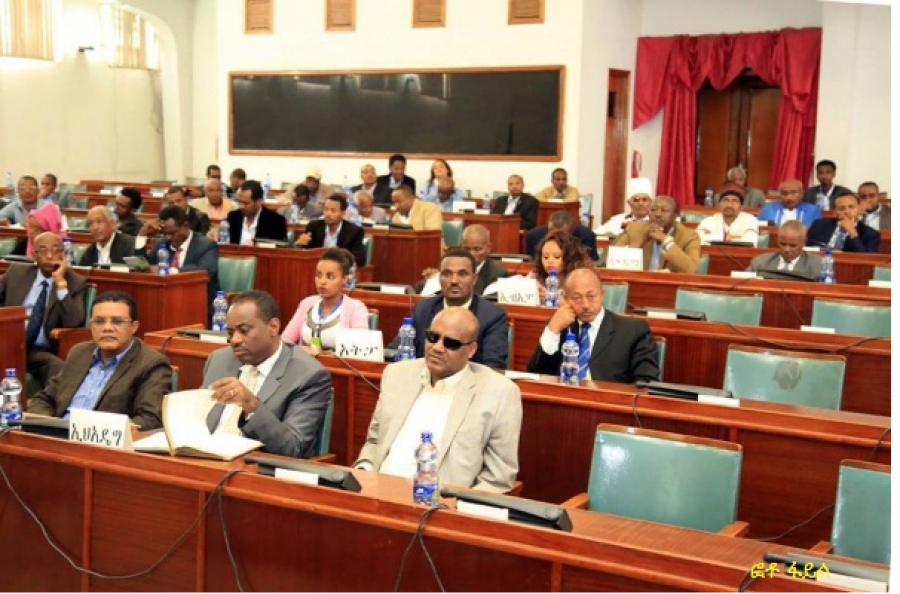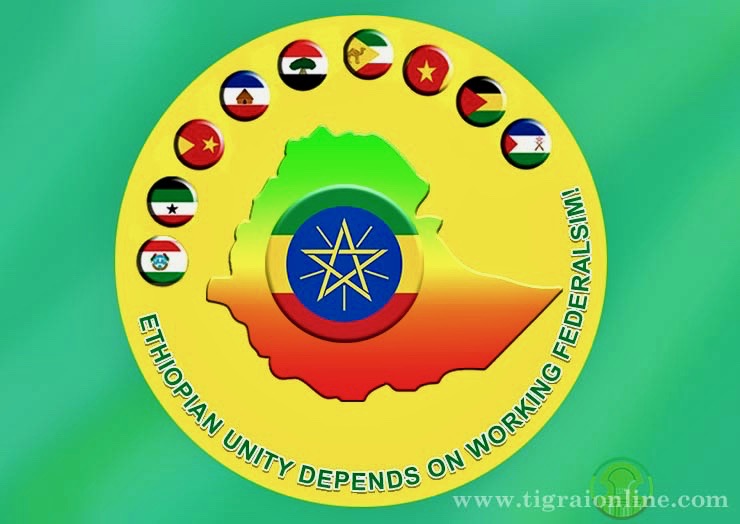Following months of negotiation, the ruling party and the opposition made the historic decision last September to adopt a mixed type electoral system by adding proportional representation to the current simple majority system of the country. This initiative is expected to increase the voice of the opposition in the parliament. This article was originally published in the 9th issue (January 2018) of The Ethiopian Messenger, the quarterly magazine of the Embassy of Ethiopia in Brussels.
 The 2010 Ethiopian New Year (September 2017) witnessed a breakthrough in the democratisation process of Ethiopia, as the ruling party, the Ethiopian People’s Revolutionary Democratic Front (EPRDF), and several legal opposition parties made the significant decision to adopt a mixed type electoral system by adding proportional representation to the prevailing plurality electoral system of the country. This initiative aims at entertaining the voices of the opposition through their increased representation in the parliament and deepen the country’s democratisation process.
The 2010 Ethiopian New Year (September 2017) witnessed a breakthrough in the democratisation process of Ethiopia, as the ruling party, the Ethiopian People’s Revolutionary Democratic Front (EPRDF), and several legal opposition parties made the significant decision to adopt a mixed type electoral system by adding proportional representation to the prevailing plurality electoral system of the country. This initiative aims at entertaining the voices of the opposition through their increased representation in the parliament and deepen the country’s democratisation process.
Following thorough discussions, the coalition party also decided early January to pardon or drop the charges of some political leaders currently facing prosecution for being suspected of committing a crime and those already sentenced by the court, in accordance with the relevant law of the country. In addition, “Maekelawi”, one of the detention centres of the country, will be closed and turned in to a museum.
Majority system
It is to be recalled that the Ethiopian electoral system uses the simple majority vote (first-past-the-post system) to elect representatives to the Federal Parliament and regional councils. According to the First Past the Post electoral system, a candidate who gets the most votes in an election is regarded as the winner and stands duly elected as a member of parliament (MP).
In addition to its easy implementation, the FPTP system produces stability. It avoids fragmentation of legislatures because it can produce a decisive majority with little or no coalition government needed in any deliberation process. From now on, both the majority and the opposition agreed to adopt a mixed electoral system combining a majority rule and a proportional representation system, which will be respectively applied to 80 and 20 percent seats in the Federal Parliament.
Even if the current electoral system (simple majority) is used in older democracies such as the United Kingdom and Canada, it has received sharp critiques when applied to
Ethiopia. Critics argued that it is not suited for the overall political and socio-economic situation of the country and that Ethiopia’s current level of democracy does not allow it to accommodate such a system. They further argue that in contexts where the government has historically been deeply involved in the overall affairs of the country, and where the existence of a vibrant multi-party system is very poor, recent, the simple majority system tends to exclude opposition voices.
As all systems, the majority election system has deficiencies, such as the exclusion of opposition voices that fall short of attaining the simple majority. However, the first-past-the-post system is not the sole responsibility for the absence of opposition seats in the Parliament, as the number of seats of opposition parties in the Federal Parliament and regional councils also dwindled from election to election due to their sustainability and endurance problems.
The way ahead
Following the address of President Mulatu Teshome to the two Houses of the Parliament in 2015, during which he stressed the need to engage opposition parties and members of the civil society to quickly move forward in nurturing democracy, the ruling and opposition parties have engaged in an extensive dialogue. So far, they have identified 12 issues for negotiation. Out of these 12 issues, an agreement was reached on two important points: The electoral system and the requirements for establishing a political party.
As stated above, after extensive discussions and negotiations, the parties have agreed to change the existing electoral system of the country by combining the simple majority rule and the proportional systems. Based on this agreement, total seats in the federal parliament will also increase to 660 from the current 547 seats. This agreement entails the amendment of the article 54 of the Ethiopian Constitution.
Requirements for establishing a political party. Previously, the minimum required to establish a political party was to have 1,500 members. Taking into account the total population of Ethiopia and in order to give weight to the establishment of political parties, minimum membership requirement was increased to 3000. In addition to that, newly established political parties are now required to open an office in at least 4 of the 9 regional administrations and to have a full-time employee(s) in their offices.
Historic Process

To grasp the importance of these successful negotiations between ruling and legal opposition parties, it can be useful to take a step back and look at history. It is important to keep in mind that Ethiopia had known only known two types of regimes until the 1990s: the feudal system and a Marxist military junta. During
the Feudal system, the Emperor and its subordinates exercised a monopoly over access to resources and decision-m
aking. As the king was considered the “law”, rules and regulations were merely written to satisfy foreign allies or to fulfil requirements put in place by international organizations such as the UN. Even if there were exercises to send representatives (ENDERASE) from the periphery to the centre, the prerequisite for appointed representatives was a total loyalty to the king, and hence, these representatives were not working in the interest of the people but to satisfy the Emperor. From 1974 to 1991, all political, economic and social powers where highly centralized under a military junta. Despite a few attempts to “allow” the formation of political parties, in practice, the system was not tolerant of opposition parties which could possibly challenge the military government. Officially, there was no opposition party legally registered and functioning in the country. Many of them were based in foreign lands.
In a genuine attempt to reverse the heritage of repressive regimes and to install a democratic government, in 1991, the Ethiopian People’s Revolutionary Democratic Front invited all factions and previously established parties to participate in the making of the Ethiopian Constitution and were offered with positions in the EPRDF-led government. Despite the efforts to create a vibrant multi-party system, due to various factors, this project did not materialize. In 2005, in an attempt to encourage opposition parties, the ruling party by providing considerable political space for the opposition, going as far as tolerating some of their wrongdoings.
The then CUD (Coalition for Unity and Democracy) or locally known as “Kinijit” which had managed to win the capital Addis Ababa and a noticeable number of seats in the Federal Parliament ultimately decided to boycott any participation to power, even though the ruling party had finalized all preparations to hand over the capital city to them. That historic mistake is regarded as a major setback to years of efforts to strengthen the multi-party system, that brought back the democratization process in Ethiopia back to square one.
Today, a new chapter is in the making. It is up to the political parties, and notably oppositions parties, to use this golden opportunity to deal with issues of interest to the large public. ■



